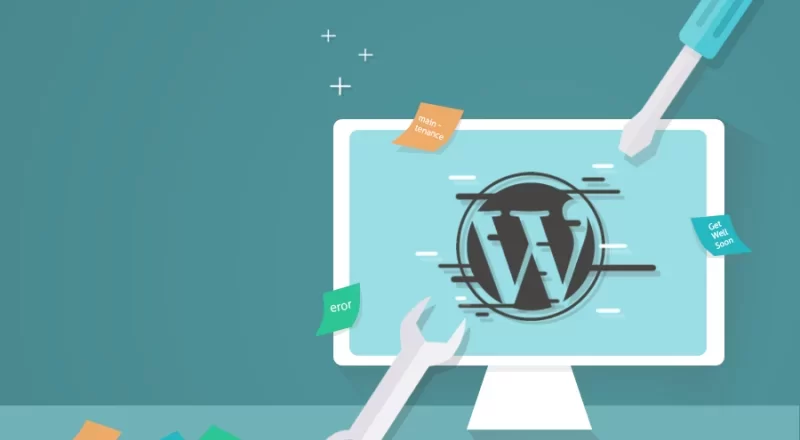
Why is the Feature Unavailable? Understanding the Reasons Behind Unavailability of Website Features
Introduction
In today’s fast-paced digital world, we often encounter websites that display the message “Sorry, this feature is not available right now.” This message can be frustrating for users who rely on the website’s functionalities. In this article, we will explore the common reasons why certain features may become unavailable on websites and how website owners can handle such situations effectively.
Technical Maintenance and Updates
One of the primary reasons for the unavailability of certain website features is the need for technical maintenance and updates. Websites require regular maintenance to ensure they run smoothly and remain secure. During maintenance periods, specific features may be temporarily disabled to avoid any potential issues or disruptions. This is done to guarantee that the website performs optimally once the maintenance is complete.
Server Overload
When a website experiences a sudden surge in traffic, its servers may become overloaded, causing certain features to become temporarily unavailable. Server overload can happen due to a viral post, a successful marketing campaign, or even a sudden increase in customer interest. To address this, website administrators may need to upgrade their servers or use content delivery networks (CDNs) to distribute the load efficiently.
Bug Fixes and Troubleshooting
Website features can become unavailable due to unexpected bugs and technical glitches. When these issues arise, developers must work on fixing the problem before the feature can be restored. Identifying and troubleshooting bugs can take time, depending on the complexity of the issue, but it is crucial to ensure a seamless user experience.
Security Concerns
In some cases, website features may be temporarily disabled for security reasons. If vulnerabilities are discovered, website owners may take precautionary measures, including disabling specific features, until the vulnerabilities are patched. This step is essential to protect users’ data and maintain the website’s integrity.
Content Updates and Changes
Websites often undergo content updates or changes to improve user experience or to align with the latest trends. During these updates, certain features may be temporarily removed or replaced to integrate new functionalities smoothly. Once the content updates are complete, the features are usually restored or enhanced.
Integration and Third-Party Issues
Websites often integrate third-party services or APIs to provide additional features. If there are issues with the integration or the third-party service experiences downtime, the features relying on these services may also become unavailable. Ensuring robust integrations and choosing reliable third-party providers is crucial to minimize such occurrences.
Legal and Compliance Reasons
In some cases, certain website features may be temporarily or permanently disabled due to legal or compliance reasons. This could be related to copyright issues, licensing agreements, or changes in regulations. Compliance with legal requirements is vital for the website’s longevity and reputation.
Redesign and User Experience Improvements
Website owners may decide to revamp their websites to enhance the overall user experience. During a redesign, some features might be removed temporarily to streamline the website’s interface and navigation. These changes are made with the intention of providing users with a better and more intuitive browsing experience.
Payment and Subscription Issues
If a website offers premium features or requires a subscription, users who fail to make timely payments may face feature unavailability. Similarly, in the case of trial periods, certain features might be locked until the user upgrades to a paid plan.
Unexpected Downtime
Unforeseen events, such as server outages, power failures, or natural disasters, can lead to unexpected downtime and render specific features inaccessible. While website owners cannot predict such events, they can prepare by having backup systems and recovery plans in place.
Conclusion
The message “Sorry, this feature is not available right now” can be disappointing for users, but understanding the reasons behind feature unavailability can help ease frustration. From technical maintenance and server overload to security concerns and content updates, various factors contribute to temporary unavailability. Website owners should strive to address these issues promptly to ensure a seamless user experience and maintain a positive online presence.
FAQs
- How long do website features typically remain unavailable during maintenance?
The duration of feature unavailability during maintenance can vary depending on the complexity of the updates. It can range from a few minutes to several hours.
- Can server overload cause permanent damage to a website?
No, server overload does not cause permanent damage to a website. However, it can lead to a temporary unavailability of certain features.
- Are there any tools to identify website bugs and glitches quickly?
Yes, various website testing and monitoring tools are available that can help identify bugs and glitches efficiently.
- How often should website owners check for security vulnerabilities?
Website owners should conduct regular security audits and checks to identify and address vulnerabilities promptly.
- Can feature unavailability impact a website’s search engine rankings?
If the unavailability is temporary and handled properly, it is unlikely to have a significant impact on search engine rankings. However, prolonged unavailability could potentially affect user experience and rankings.






